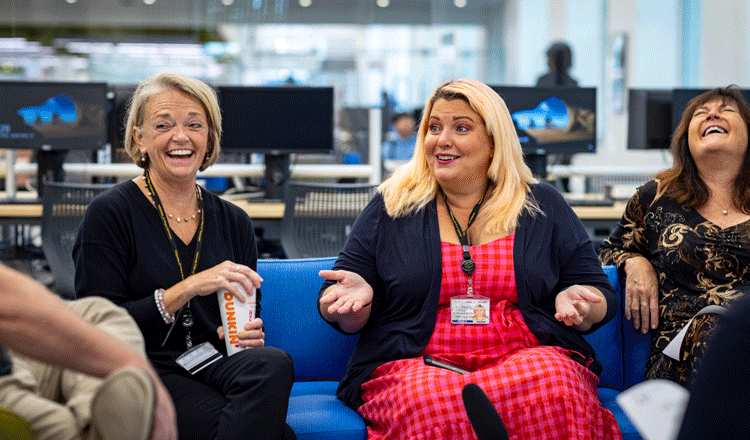
Designing to Center Library Operations Around Students
Since 2017, our Adaptations interviews with higher education administrators, professors and academics have explored how higher education institutions evolve and adapt to changing paradigms.
After six years of design and construction, the Community College of Philadelphia celebrated the opening of its new Library and Learning Commons this fall. The project transformed their existing library – which catered more to book storage than student success – into a hub for collaboration, whose progressive design invites students to use the space as they need – whether that's studying for an exam, receiving mentorship from tutors, or enjoying some well-deserved downtime in a comfortable environment.
This interview is the first of a two-part series with leaders from CCP, diving into the unique qualities of their student body, the evolving role of academic librarians, the increased printing of digital materials, and how libraries impact students' view of the world.
Panelists Include
- Joan Bush Ed.D. Dean, Educational Support Services
- Mike Krasulski, Assistant Professor — Access Services and Department Head
- Anna Seixas, Assistant Professor and Department Chair, Learning Lab
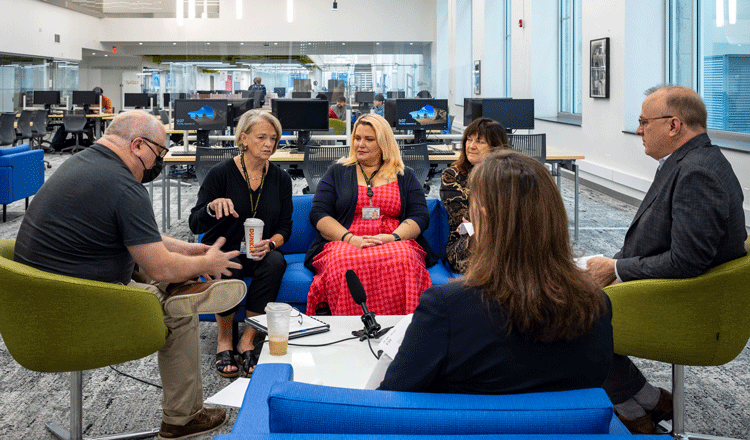
This interview is edited for length and clarity.
Understanding the Student Population
Pursuing Careers that Give Back to the Community
HDR: What can you tell us about your students?
Joan Bush: They are awesome individuals. We learn from their persistence and dedication every day – it’s a privilege to work with them. Our student body is very diverse – 72% minority – with an average age of 24. Most of our students come from low-income households, and about 80% are first-generation college students. As a high-transfer institution, many of our students continue their education at Temple, Drexel, and other institutions in the Philly area.
Mike Krasulski: I'm always amazed by the number of students who go into professions that give back to the communities they came from. Many students pursue careers in health, behavioral health, and human services. There is a strong desire amongst our graduates to improve the places they've come from. As a Philadelphian, it warms me that they want to improve our city.
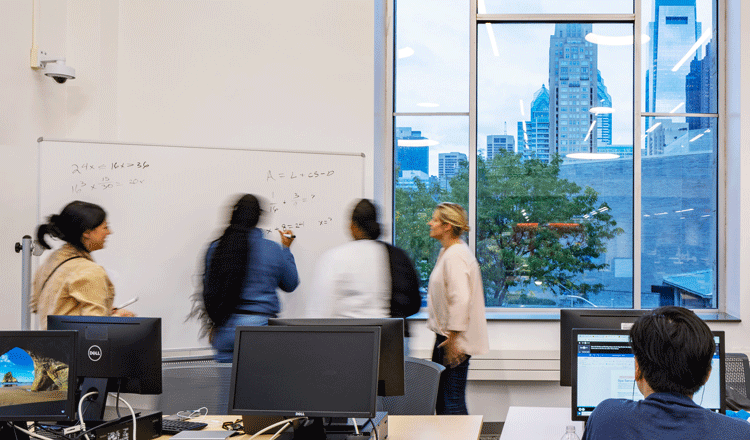
Libraries Help Students Learn Self-Advocacy
HDR: How do you think the new library impacts how students view the world?
Joan Bush: We hope the new library gives them a frame of reference to know they're valued in our society, that they are a member of our college, and that they matter. We want them to know that getting help is good — asking questions is good.
Anna Seixas: It allows them to advocate for themselves and learn that process of self-advocacy. I always try to encourage students to make mistakes when they come for tutoring so that they know what not to do when they take the test.
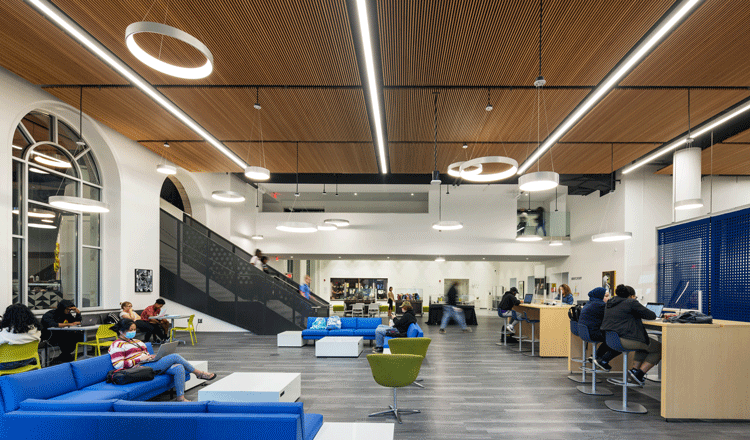
The Evolving Role of the Library
Academic Librarians Foster Positive Experiences for Students
HDR: How would you describe the role of academic librarians?
Mike Krasulski: Well, academic librarians must be engaged with our users and visible. The instructional role is very important. The goal is to foster a warm, welcoming environment where students feel welcome to engage with us. Being in community college librarianship means you must be available in multiple modalities at the point of need. That could be in our course management system, online, in person, or by walking through the stacks. To be successful, you must want to maintain and foster a positive user experience.
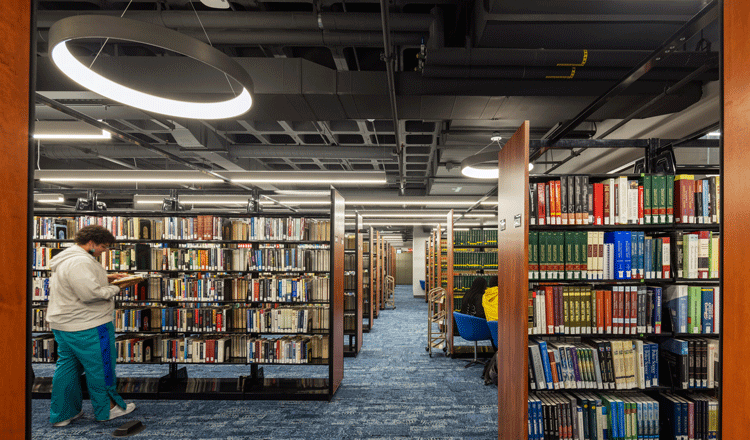
eBooks vs. Printed Materials
HDR: The availability of eBooks has led many institutions, including yours, to downsize their book collection. Are students receptive to this change?
Mike Krasulski: It's hard to say. The fascinating thing to me is the number of students we encounter that prefer a physical item over an eBook. I'll be chatting with someone who's not here and say, "There's an eBook you can download, or there's the book here at the main campus, and you can come and get it." Nine times out of ten, the student wants to come and get the physical item.
Anna Seixas: We see a bit of an uptick in printing because even though there are electronic books, there's something about the tangibility that motivates students to print digital materials. It speaks that they're not necessarily looking for something specific; they want the entirety of it. And it makes it more portable and accessible than we think.
When we were in the pandemic, and everything was closed, we thought we had broken those ties to the hard copies. To come back and to see that a lot has changed and yet not substantially so was a bit eye-opening. I think it comes back to that ownership that if they have a hard copy, whether printed out or a hard textbook, that's theirs—that knowledge is theirs without having to take on the expense of textbooks. Students won't necessarily buy the book, even knowing they can sell it back. They'll come here if given a digital resource and print it out, whether it's the slides or the textbooks.
Joan Bush: Listening to both of you, it's interesting to think about the context of that in the income level of our students. Philadelphia has the second-highest poverty level in the country, so there's not a lot of ownership of anything. This printing trend exemplifies, "This is mine, and it's something that I can value."
